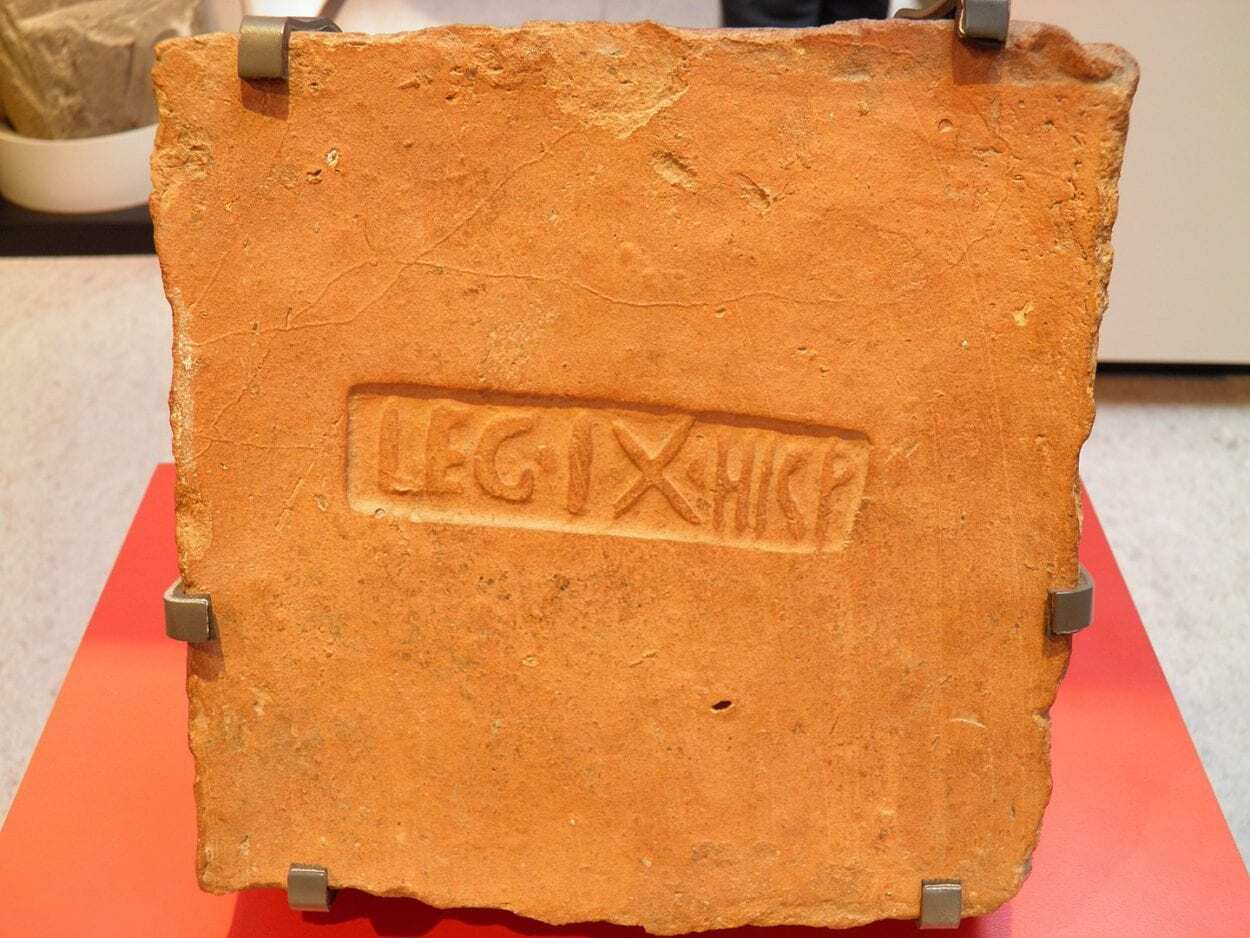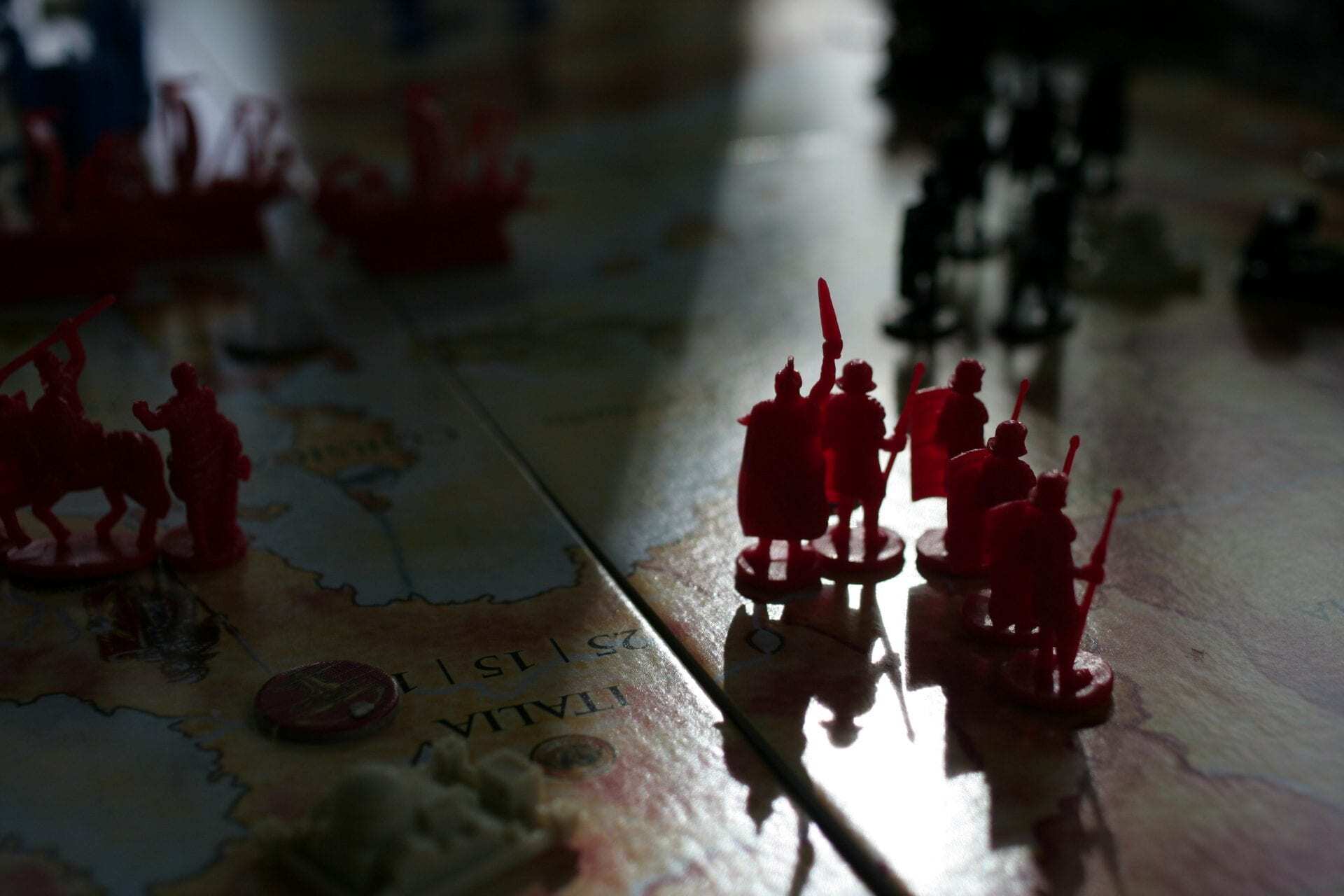One of the most debated mysteries from the Roman period involves the disappearance of the Legio IX Hispana, a legion of the Imperial Roman Army that supposedly vanished sometime after AD 120.
Legio IX Hispana was first recorded being active during the 1st century BC, with the 9th participating during the siege of Asculum in the Social War, also called the Italian or Marsic War.
The legion was then incorporated into the forces commanded by Julius Caesar during the Gallic Wars, and the Great Roman Civil War (also called Caesar’s Civil War), before being disbanded and the veterans awarded lands in the historical region of Picenum.
The veterans were then recalled into service by Gaius Octavius (soon to be Caesar Augustus) to campaign against a rebellion orchestrated by Sextus Pompeius Magnus Pius after the defeat of Cassius and Brutus.
The 9th remained with Octavius during his war against Mark Antony in 31 BC, supporting his rule as the Republic transitioned into an Empire. The name “Hispana”, meaning “stationed in Hispania” probably dates from around this period when the 9th was sent to campaign against the Cantabrians during the Cantabrian Wars, the final stage of a two-century long conquest of Hispania.
In AD 43, the Roman invasion of Britannia was underway led by emperor Claudius and general Aulus Plautius. Historical accounts are inconclusive as to whether the 9th was involved in the initial conquest, but accounts show the 9th fought against Caratacus of the Catuvellauni tribe at Caer Caradoc in present-day Shropshire, and garrisoned the Fort of Lindum Colonia which is now the City of Lincoln in Lincolnshire.
The 9th suffered their first major defeat in Britannia during the rebellion orchestrated by Boudica at the Battle of Camulodunum around AD 60 or 61. A large vexillation of the Legio IX Hispana was destroyed by the rebel tribes whilst attempting to relieve the besieged colonia of Camulodunum (Colchester, Essex)
With the arrival of Quintus Petillius Cerialis Caesius Rufus as the governor of Britannia a decade later, the 9th was deployed to the north to campaign against the Brigantes, establishing a new military fortress (castra) called Eboracum which is now the city of York.

Elements of the 9th were involved in other theatres of war across the Empire, with contemporary records showing that a detachment was battling with the Chatti tribe near Mainz in present-day Germany, and a force being sent to subdue the tribes of Caledonia (Scotland) around AD 82 to 83 under the command of Gnaeus Julius Agricola.
The last attested record of the 9th in Britannia is noted in the rebuilding of Eboracum in AD 108 by a stone tablet, but by the reign of Marcus Aurelius (reigned AD 161-180), the 9th was no longer listed as being on the strength of the Roman army and vanished from any military lists by the reign of emperor Septimius Severus (reigned AD 193-211).
The fate of the legion has been the subject of considerable research and speculation. One theory proposes that the legion was wiped out campaigning in northern Britain after AD 108 by the northern tribes, which was popularised in a novel called “The Eagle of the Ninth”.
This theory is now contested by modern scholars after the discovery of successive inscriptions of IX Hispana discovered at the Roman fortress of Noviomagus Batavorum in Nijmegen (Netherlands), suggesting elements of the 9th were stationed there from AD 120, although some scholars argue that this was simply a detachment of the 9th and not the whole legion.
According to the 19th-century German classicist Theodor Mommsen, the 9th was wiped out during Brigante raids against Eboracum, with Mommsen stating “under Hadrian there was a terrible catastrophe here, apparently an attack on the fortress of Eboracum and the annihilation of the legion stationed there, the very same Ninth that had fought so unluckily in the Boudican revolt.”
Other theories propose that the 9th suffered a major defeat during the Second Jewish Revolt against the Romans in Judea in AD 132 (although there’s no definitive account of the 9th being stationed there), with another theory suggesting that the 9th were wiped out during the Parthian War (AD 161–166) against King Vologases IV, where a Parthian army led by the general Chosroes surrounded and annihilated an unspecified Roman legion in Armenia.
The fate of the 9th is one that continues to elude historians and archaeologists, bringing about the image of a legion marching to its doom as portrayed in the movies, “The Centurion” or “The Eagle”.
Was the legion simply disbanded into smaller detachments to fortify outposts of the Empire, or was one of Rome’s most glorified legions wiped out in one last battle and struck from the annals of Roman history?
Header Image Credit : John Morgan – CC BY 2.0





